Anastrozole Information
What is this drug used for?
– It is used to treat breast cancer in women after menopause (change of life).
– It may be given to you for other reasons. Talk with the doctor.
Possible side effects
Anastrozole may cause side effects. Tell your doctor if any of these symptoms are severe or do not go away:
– Hot flashes.
– Feeling dizzy, tired, or weak.
– Headache.
– Upset stomach or throwing up.
– Joint pain or swelling.
– Muscle pain.
– Trouble sleeping.
– Cough.
– Sore throat.
– Back pain.
– Diarrhea or constipation.
– Weight gain.
– Anxiety.
– Sweating a lot.
– Flu-like signs.
– Dry mouth.
– Pelvic pain.
Some side effects can be serious. If you experience any of these symptoms, call your doctor immediately or get emergency medical treatment:
– Signs of an allergic reaction, like rash; hives; itching; red, swollen, blistered, or peeling skin with or without fever; wheezing; tightness in the chest or throat; trouble breathing, swallowing, or talking; unusual hoarseness; or swelling of the mouth, face, lips, tongue, or throat.
– Signs of liver problems like dark urine, feeling tired, not hungry, upset stomach or stomach pain, light-colored stools, throwing up, or yellow skin or eyes.
– Signs of high blood pressure like very bad headache or dizziness, passing out, or change in eyesight.
– Signs of a urinary tract infection (UTI) like blood in the urine, burning or pain when passing urine, feeling the need to pass urine often or right away, fever, lower stomach pain, or pelvic pain.
– A burning, numbness, or tingling feeling that is not normal.
– Swollen gland.
– Bone pain.
– Shortness of breath.
– Swelling in the arms or legs.
– Depression or other mood changes.
– Change in eyesight.
– Breast pain.
– Vaginal bleeding that is not normal.
– Vaginal itching or discharge.
– People who have ever had a block in their heart blood vessels (ischemic heart disease) may have more signs of problems with blood flow to the heart. Call your doctor right away if you have new or worse chest pain or shortness of breath.
Medication Safety Issues
Sound-alike/look-alike issues:
Anastrozole may be confused with anagrelide, letrozole
Arimidex may be confused with Aromasin
Storage/Stability
Store at 20?C to 25?C (68?F to 77?F)
Adverse Reactions
>10%:
Cardiovascular: Vasodilation (25% to 36%), ischemic heart disease (4%; 17% in patients with preexisting ischemic heart disease), hypertension (5% to 13%), angina pectoris (2%; 12% in patients with preexisting ischemic heart disease)
Dermatologic: Skin rash (6% to 11%)
Endocrine & metabolic: Hot flash (12% to 36%)
Gastrointestinal: Gastrointestinal distress (29% to 34%), nausea (11% to 19%), vomiting (?13%)
Nervous system: Mood disorder (19%), fatigue (?19%), pain (11% to 17%), headache (9% to 13%), depression (5% to 13%)
Neuromuscular & skeletal: Asthenia (?19%), arthritis (17%), arthralgia (15%), back pain (10% to 12%), osteoporosis (11%), ostealgia (6% to 11%),
Respiratory: Pharyngitis (6% to 14%), increased cough (8% to 11%)
1% to 10%:
Cardiovascular: Peripheral edema (5% to 10%), edema (7%), chest pain (5% to 7%), thrombophlebitis (2% to 5%), thromboembolic disease (3% to 4%), venous thrombosis (3%), cerebral ischemia (2%), deep vein thrombosis (2%), acute myocardial infarction (1%)
Dermatologic: Alopecia (2% to 5%), diaphoresis (2% to 5%), pruritus (2% to 5%)
Endocrine & metabolic: Hypercholesterolemia (9%), weight gain (2% to 9%), increased gamma-glutamyl transferase (2% to 5%), weight loss (2% to 5%)
Gastrointestinal: Diarrhea (8% to 9%), abdominal pain (7% to 9%), constipation (7% to 9%), dyspepsia (7%), gastrointestinal disease (7%), anorexia (5% to 7%), xerostomia (4% to 6%)
Genitourinary: Mastalgia (8%), urinary tract infection (8%), vulvovaginitis (6%), pelvic pain (5%), vaginal hemorrhage (1% to 5%), vaginal discharge (4%), vaginitis (4%), leukorrhea (2% to 3%), vaginal dryness (2%)
Hematologic & oncologic: Lymphedema (10%), breast neoplasm (5%), neoplasm (5%), leukopenia (2% to 5%), anemia (4%), tumor flare (3%)
Hepatic: Increased serum alanine aminotransferase (2% to 5%), increased serum alkaline phosphatase (2% to 5%), increased serum aminotransferase (2% to 5%)
Infection: Infection (9%)
Nervous system: Insomnia (6% to 10%), dizziness (6% to 8%), paresthesia (5% to 7%), anxiety (6%), confusion (2% to 5%), drowsiness (2% to 5%), malaise (2% to 5%), nervousness (2% to 5%), carpal tunnel syndrome (3%), hypertonia (3%), lethargy (1%)
Neuromuscular & skeletal: Bone fracture (1% to 10%), arthropathy (6% to 7%), myalgia (6%), neck pain (2% to 5%), pathological fracture (2% to 5%)
Ophthalmic: Cataract (6%)
Respiratory: Dyspnea (8% to 10%), flu-like symptoms (6% to 7%), sinusitis (6%), bronchitis (5%), rhinitis (2% to 5%)
Miscellaneous: Accidental injury (10%), cyst (5%), fever (2% to 5%)
Frequency not defined: Cardiovascular: Cerebral infarction, pulmonary embolism, retinal thrombosis
<1%, postmarketing, and/or case reports: Abnormal hepatic function tests, anaphylaxis, angioedema, decreased bone mineral density, dermal ulcer, endometrial carcinoma, erythema multiforme, hepatitis, hepatomegaly, hypercalcemia, increased serum bilirubin, jaundice, skin blister, skin lesion, Stevens-Johnson syndrome, subacute cutaneous lupus erythematosus (Fisher 2016), tenosynovitis (stenosing), urticaria
?
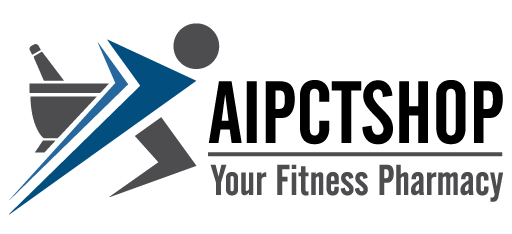
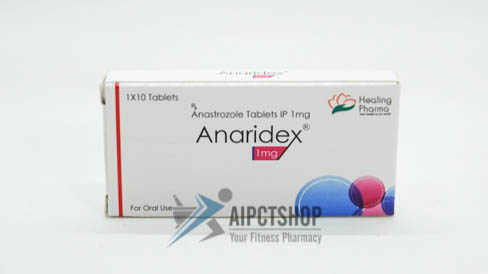
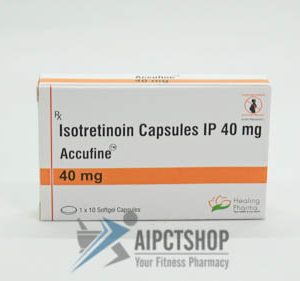
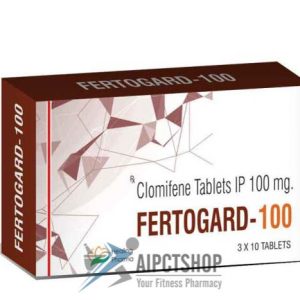



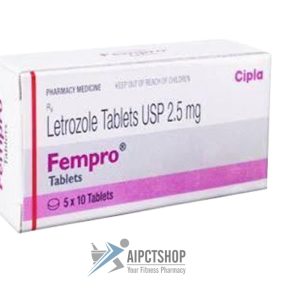

Reviews
There are no reviews yet.